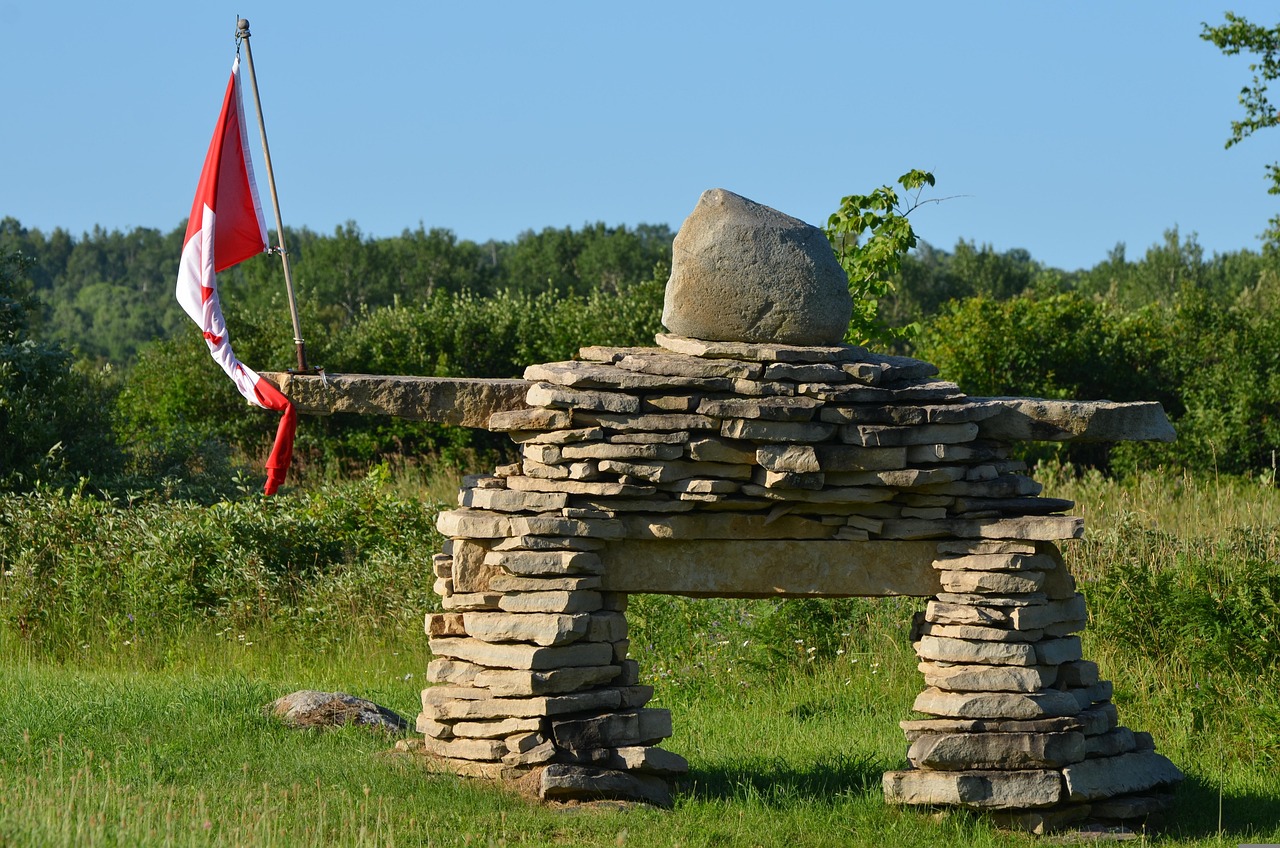You may wonder how Indigenous peoples preserve their centuries-old traditions in today’s modern world. The answer lies in a frequently misunderstood concept: Indian reservations. These are far more than geographic territories — they are living centers of cultural preservation and identity.
Reservations as Cultural Sanctuaries: More Than Just Land
For many Indigenous communities in North America, reservations are not merely residential areas. They serve as cultural sanctuaries where language, customs, and traditional knowledge can be passed down through generations.
The Multifaceted Role of Reservations in Cultural Preservation
Language Preservation and Revitalization
In Native American reservations in the U.S. and Canada, targeted programs for the preservation of Indigenous languages are being implemented. Many languages that are nearly extinct elsewhere find their last refuge here.
Language preservation initiatives include:
- Immersion schools with native-language instruction
- Language courses for adults and youth
- Documentation of elder native speakers
- Development of teaching materials in Indigenous languages
Preserving Traditional Crafts
Reservations make it possible to continuously practice and transmit traditional craft techniques that would otherwise have been lost.
Examples of living craftsmanship:
- Basket weaving with natural materials
- Beadwork featuring traditional patterns
- Sewing with culturally significant symbolism
- Pottery using ancestral methods
Ritual and Spiritual Practices
Within reservations, traditional ceremonies and spiritual practices can be performed freely — without external interference or cultural misunderstanding.
Education Systems in Reservations: Balancing Tradition and Modernity
Modern educational institutions in Native American reservations are increasingly integrating traditional knowledge into their curricula. This culturally adapted education strengthens the identity and confidence of Indigenous youth.
Innovative educational approaches include:
- Elder-in-Residence programs in schools
- Land-based learning and traditional ecology
- Integration of oral history into classroom teaching
- Revival of traditional food systems
Economic Development and Cultural Authenticity
Reservations are developing innovative economic models for cultural preservation that combine traditional knowledge with modern entrepreneurship.
Cultural economies within reservations:
- Artisan cooperatives offering authentic products
- Cultural tourism under Indigenous control
- Traditional agriculture and food production
- Medicinal knowledge and cultivation of healing plants
Political Self-Determination and Cultural Autonomy
Through self-governance within reservations, communities can make their own decisions on cultural matters — from educational content to the protection of sacred sites.
Challenges in Cultural Preservation
Despite their positive impact, reservations face significant challenges in the ongoing protection of Indigenous culture.
Current issues include:
- Lack of funding for cultural programs
- Outmigration of youth to urban areas
- Influence of global media and culture
- Environmental threats to traditional lifestyles
Success Stories: Reservations as Centers of Cultural Innovation
Many reservations have developed remarkable initiatives for cultural preservation that now serve as models for others.
Examples of successful projects:
- Digital archives for traditional knowledge
- Youth programs with cultural focus
- Cultural centers with museums and event spaces
- Artist residencies and traditional craft apprenticeships
The Future of Cultural Identity in Reservations
The future development of Native American reservations will play a crucial role in the long-term preservation of Indigenous cultures. Modern technologies and traditional wisdom do not have to be opposites.
Forward-looking strategies include:
- Integrating digital media into cultural practices
- Networking among different Indigenous communities
- Developing sustainable economic models
- Strengthening political autonomy
How Outsiders Can Support Cultural Preservation
If you wish to support the preservation of Indigenous cultures, there are respectful and effective ways to do so.
Ways to support respectfully:
- Purchase authentic crafts directly from Indigenous artists
- Engage in respectful cultural tourism within reservations
- Support Indigenous-led organizations
- Educate yourself about the true history and present of Indigenous peoples
Conclusion: Reservations as Living Cultural Heartlands
Native American reservations are not relics of the past but dynamic centers of cultural vitality. They play an essential role in protecting Indigenous identity and passing traditional knowledge to future generations.
By blending traditional practices with modern innovation, many communities are successfully preserving their cultural identity while meeting the challenges of the 21st century.
Interested in: life in Native American reservations today, preserving Indigenous culture, learning traditional crafts, cultural tourism recommendations, Native American cultural preservation, Indigenous language revival programs, visiting Native communities in Europe?

